Five Steps for Successful Migration towards SAP HANA
Category: SAP HANA Posted:Jul 17, 2018 By: Ashley Morrison In the last few decades, SAP HANA is the most demanding and significant technology revolution provided by SAP. Most of the organizations are moving towards the SAP HANA platform to obtain maximum competencies and become more agile. SAP has released almost all the SAP products as it has extensive capabilities to integrate.
In the last few decades, SAP HANA is the most demanding and significant technology revolution provided by SAP. Most of the organizations are moving towards the SAP HANA platform to obtain maximum competencies and become more agile. SAP has released almost all the SAP products as it has extensive capabilities to integrate.
SAP HANA isn’t just a custom database; it is an in-memory database platform which is deployed either on-premise or on the cloud platform and also allows you to quicken the various business processes, furnishes more business intelligence with enhanced advancements and capacity so that you can execute your business speedier and streamline the IT environment. Correctly implementing SAP HANA provides exceptional consequences concerning performance, integration competencies, analytic intelligence, data processing and also enhances ROI of the SAP landscape with quicker time to esteem. The migration techniques required solid planning and closed devotion to the best practices, to avoid the large financial and operational risks.
This article presents the essential steps of successful technical migration towards the SAP HANA platform. Its primary goal is to provide the users with a sophisticated overview, which focuses on lowering the risk of your organization’s journey to SAP HANA.
1. The first step is to size your HANA landscape appropriately: This is the most important and primary landscape while developing your technical project plan. With the help of this plan, you can understand the maximum benefit from your investment which can also decrease the long-term cost of ownership. If the sizing is insufficient and over-provisioned than it may result in extra volume and overstuffed hardware.Whereas if the sizing is under-provisioning, it may lead to unanticipated delays which will also increase the cost of current performance. The sizing of the SAP HANA database is primarily created in the main memory and it is defined by the actual amount of data stored in memory. It is difficult to make out that how much of the amount of memory is required because the data is usually compressed in HANA and its result depends on the scenario used. Thus, the sizing of memory for SAP HANA can be carried out by utilizing the SAP quick size tool, relevant SAP notes and SAP sizing reports. The memory can be sized correctly for SAP HANA by following the below steps:
- Sizing of memory for static and dynamic data.
- Disk Sizing for persistence storage.
- The CPU sizing required for transactions, queries, and computations.
2. The second step is to select the correct platform and migration strategy:
It is easy to move towards the SAP HANA quickly and flawlessly by choosing the appropriate platform which best suits for the business requirements, economic planning, and resources. SAP HANA can be deployed on-premise to provide the most extreme control and bringing down the hazards in the businesses. It is organized in the cloud for enhanced flexibility and scalability and quicker time to value. The organizations can select a certified SAP HANA application from any one of SAP’s hardware partners when it is deployed on-premise. With the help of the preconfigured application with preinstalled software from the hardware vendor, the businesses can connect to the real-time power of SAP HANA in-memory stage. The businesses can obtain the confirmed solution by SAP as well as hardware vendors by utilizing this preconfigured method. Whereas the businesses can achieve more flexibility from the SAP HANA Tailored Data Center Integration, i.e., TDI. It is also possible to decrease the infrastructure cost and streamline the SAP HANA integration by influencing the current hardware and operations in the particular data center.
There are numerous scenarios of cloud deployment. SAP likewise has its own particular private cloud offering called SAP HANA Enterprise Cloud. It consists of an SAP HANA software certification, hidden cloud framework, and SAP-managed services. To keep running on third-party open cloud providers, the Public cloud, IaaS contributions enables you to bring your SAP HANA license. The various third-party suppliers are Amazon Web Services, Google Cloud Platform, IBM Bluemix Cloud Platform, and Microsoft Azure, etc.
Once deciding the HANA deployment scenario, the next step is to choose the most active migration strategy to decrease any unexpected problems and to remove more extended system downtime taken through the technical migration which helps you to understand the quicker time to value. The traditional migration is the primary and frequently utilized technique used for Operating system and Database migration which is fundamentally a different copy of a system using the conventional tools such as SWPM, R3load and Migration monitor. The traditional migration approach will possibly be the best method if it is required to perform the actual migration without any version update for the system to run on SAP HANA. For example, if you are migrating your Business Suite or BW system to SAP HANA as it is without any additional element.
The Database Migration Option, i.e., DMO of SUM is the alternate way for migration which integrates the system upgrades, technical migration and Unicode conversion with an improved migration process from ABAP-based SAP system running on anyDB to SAP HANA. The DMO of SUM provides the most basic steps which results in less error-prone, decreases manual effort as compared to technical migration and only one business stoppage period which can also be enhanced according to the situation. With this technique the source database is the most reliable one, continues to run and not altered and hence can be reorganized in case of an emergency with less effort. Thus, we can say that it is entirely a safe option even if it is a new method of migration. It is always recommended to carry out a new SAP HANA installation, if there are lots of technical problems arises in the current system and also would like to continue with the greenfield approach with the selected data migration for SAP HANA. This approach would also be a useful technique for those companies which involves mostly the standard SAP procedures and strategies to move towards the S/4HANA cloud with comparatively smaller data footprint.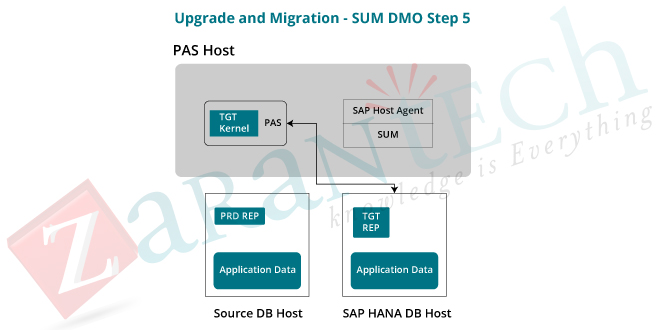
3. The next step is to clean your data: A lot of enhanced analytics and opportunities are provided by SAP HANA to improve your business processes by investigating a massive amount of data in real-time. It runs quicker than all the classical databases known to us.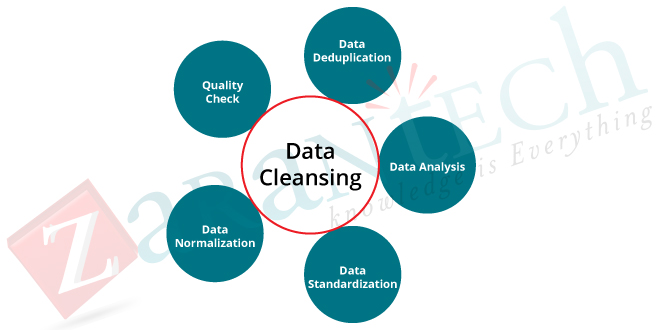
It can be executed even faster with decreased cost. The data cleaning is one of the crucial activities which need to be performed before carrying the SAP systems into HANA, and it is one of the most unnoticed steps regrettably. Completion of data cleaning activity provides the three most important benefits:
- Reduction in data footprints will also decrease your infrastructure, hardware as well as costs of licensing SAP HANA.
- With the reduced data size, it is possible for you to carry out the technical migration with decreased business downtime.
- SAP HANA performs in a better way after the technical migration, by keeping only the superiority and important data in your system.
4. Another step is to apply high implementation standards:
The implementation phase is the most crucial phase of the project. It is not recommended to make shortcuts during the technical migration of the project, and it is required to assign the time to perform it correctly. It is always necessary to focus on keeping high standards in activities instead of taking the shortcuts during the implementation phase of the project. The required activities should be planned and understand systematically.
The technical team should have enough knowledge and understanding of technical migration rules, relevant SAP notes, and best practices, to carry out the technical migration successfully. During the technical migration, if something goes incorrect, you should be prepared in advance and less likely to make any mistake. The source systems should be ready for their voyage to SAP HANA. It is better to use the latest release of SAP HANA, even if the source system is supported for the migration. With each release and support package, SAP provides the latest solutions to the common issues. All the solutions should be in place before the migration takes place in the project. The common risks of the system can be removed to ensure a smooth technical migration.
5. The last and final step is Performing a Proof of Concept: It is recommended to perform a Proof of concept at the initial sandpit environment to validate your migration process to an SAP HANA platform. This can be achieved by copying your SAP, construction system to develop an SAP sandpit environment and carry out the original migration of this system. Well, this is a critical step for any technical migration process, and the duplication cost of the environment is also well worth it, due to the following reasons:
- Identify the possible problems in the sand-pit system to reduce the project risk.
- It enables the business to understand the power of SAP HANA.
- More testing and validation time can be taken up in a non-critical environment.
- It also gives a sense of momentum all over the project.
- The proof of concept helps you to take significant decisions in the project plan and also enhances entire project productivity.
Conclusion:
In order to plan the successful and effective technical migration towards SAP HANA platform, it is required to implement these five steps. Implementation of the above steps helps in reducing the unforeseen technical problems, and the technical migration process will go on seamlessly.
That’s all for today. If you’re interested to read more blogs on this topic, feel free to visit our website.At ZaranTech, we also offer a self-paced, online certification program on SAP HANA, mentored by some of the sought-after and experienced subject matter experts. Browse through our course pages for further information.
Happy learning!
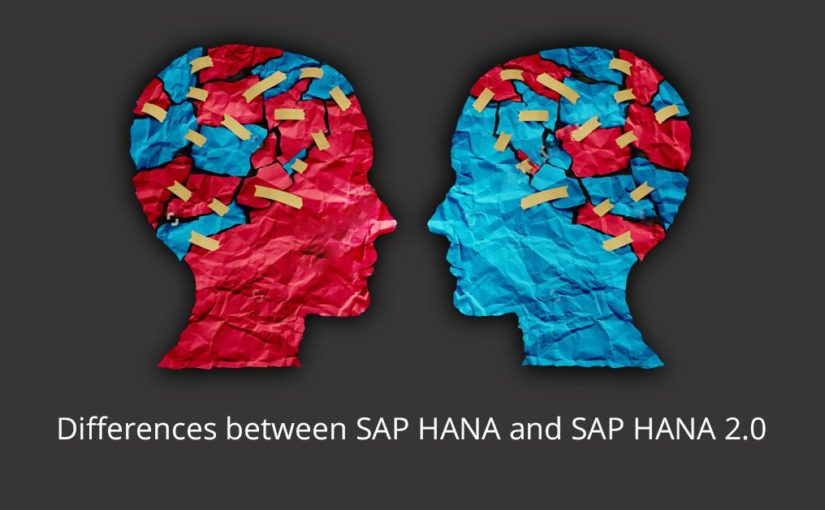

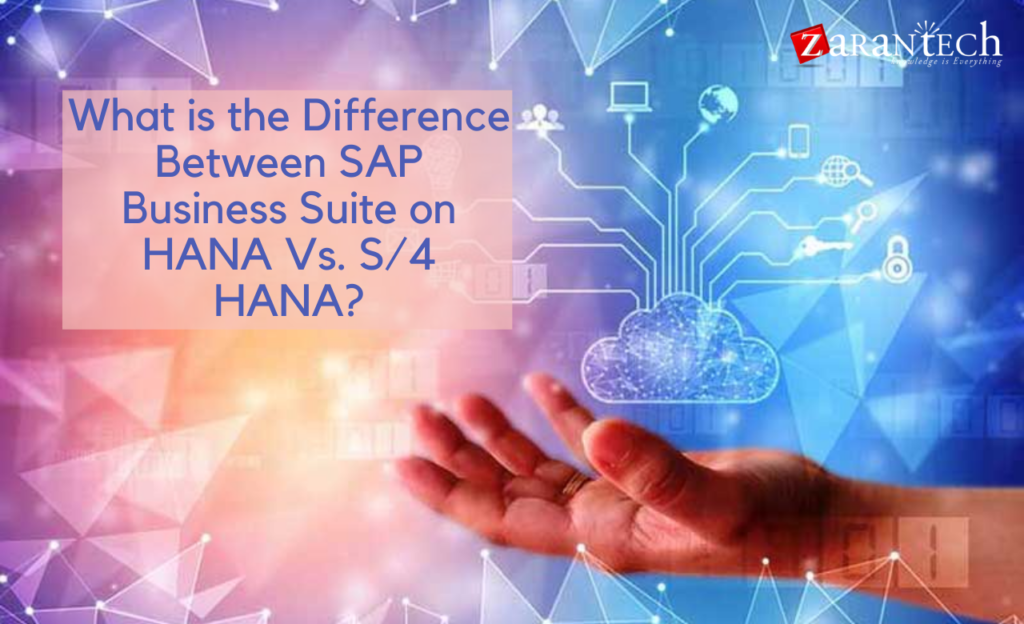

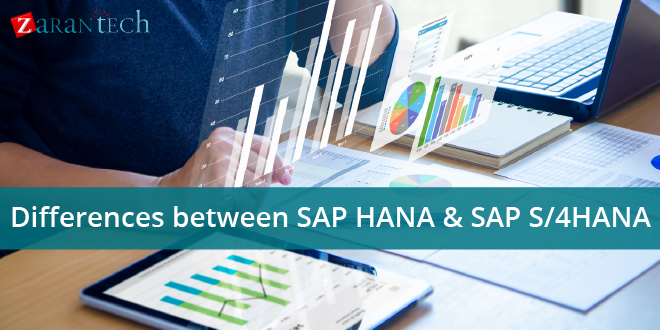
 99999999 (Toll Free)
99999999 (Toll Free)  +91 9999999
+91 9999999